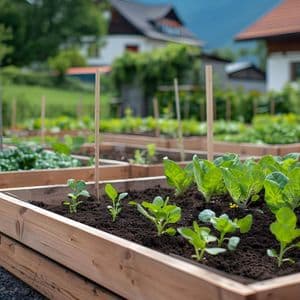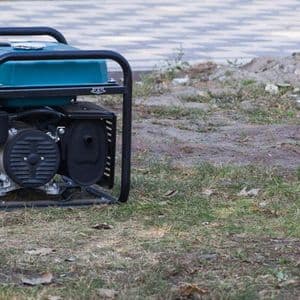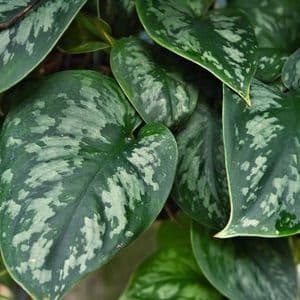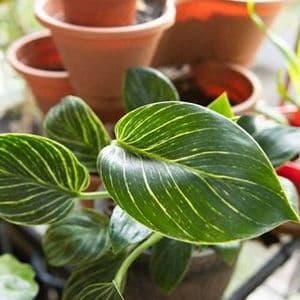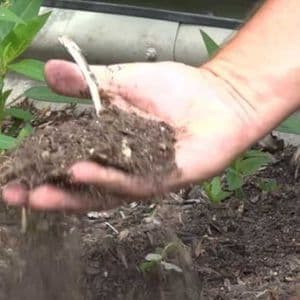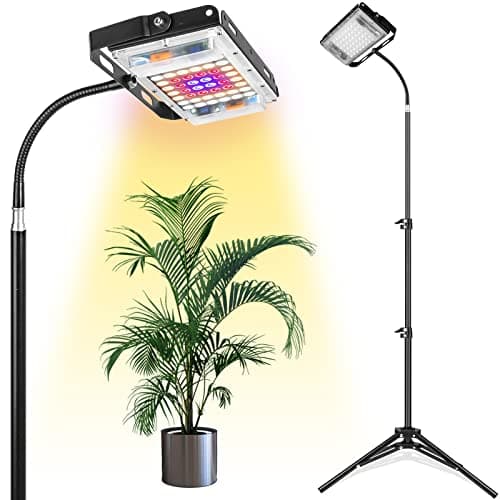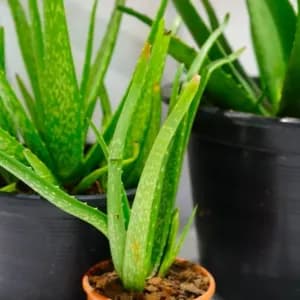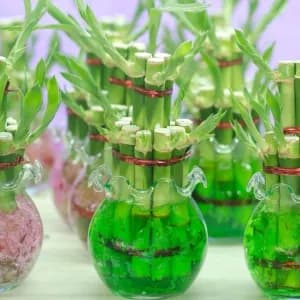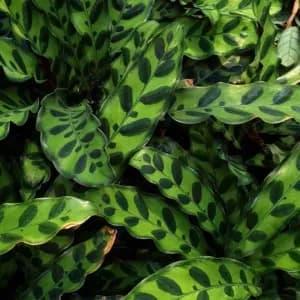Petunias may be grown for long-lasting color in the summer setting and to add charming pastel color to gloomy borders. Petunia caring is straightforward and easy. You can incorporate petunias into your flower garden and container after you understand how to grow petunia.
Overview
| Botanical Name | Petunia spp. |
| Common Names | Petunia |
| Plant Type | Annual Perennial |
| Soil Type | Moist Well-drained |
| Sun Exposure | Full |
| Soil pH | Acidic |
| Bloom Time | Spring Summer Fall |
| Flower Color | Yellow Red Orange White Pink Purple Green |
| Mature Size | 6–24 in. tall 6-36 in. wide |
Types of Petunias
- Millifloras: Although it is smaller than other types of petunias, its flowers can last all season.
- Grandiflora: this type has very large flowers. Plant it in containers or hanging baskets to grow best as it can be harmed by rain. It also can not grow well in humid and hot summers.
- Multiflora: They are perfect for summer bedding or in a mixed border because they are more tolerant of damp weather and have smaller but more numerous blossoms.
- Floribundas: Between the multiflora and grandiflora, floribundas are in the middle. Similar to multiflora types, they are free-flowering and have medium-sized blooms.
- Trailing/spreading: The flowers develop throughout the whole length of each stem, forming a stunning, vibrant ground cover. They can be utilized in hanging baskets or window boxes.
Where and When to Plant Petunia
How to Grow Petunia from Seeds
- Step 1: The small petunia seeds should be dispersed over a wet seed-starting mixture. Do not bury the seeds; instead, gently push them down since they require light to sprout.
- Step 2: After that, wrap the container with transparent plastic and place it somewhere warm that is out of direct sunlight. Within 7 to 10 days, sprouts ought to appear.
- Step 3: Strip the plastic after the seeds have sprouted.
- Step 4: The sprouts can be moved into the pots after they grow three full leaves and left there until they are prepared to be moved outside.
How to Care For Petunia
Temperature and Humidity
The best temperature for petunias to grow is 55-65°F during the night and 60-70°F during the day. Even though they can withstand low temperatures down to roughly 40°F, frost and extremely cold temperatures will harm and eventually kill the plants. For these blooms, low to moderate humidity levels are ideal.Light
The majority of petunia types prefer full sun, which often means at least 6 hours every day under direct sunlight. However, in the summertime, some shade will assist in keeping them cool and blossom more effectively (particularly against the intense afternoon light).Soil
Light, healthy soil with adequate drainage is preferred by petunias. They may grow in a diverse range of soils as long as they drain effectively. Additionally, they like slightly pH-acidic soil. Petunias should only be planted outside once the risk of frost has gone since the soil should be warm and malleable.Water
Petunias dislike being dry for extended periods of time, like many other blooming annuals. However, they also dislike sitting in moist soil since it might cause their roots to rot. When there isn't any rainfall, it is often adequate to soak beds once or twice a week in 1''- 2'' of water. Petunias in pots and other spreading varieties, however, often require more regular and thorough watering.Fertilizer
Petunias should be fertilized with a neutral fertilizer when they are planted. Compost should also be incorporated into the soil. After that, treat with a liquid fertilizer designed for blooming plants once every 2-3 weeks beginning in July and till the fall.Potting and Repotting Petunias
- Use a high-quality all-purpose potting mixture. For a fuller appearance, petunias in pots can be spaced slightly closer than when they are in flower beds.
- A container that is 12 inches wide and deep can hold no more than three plants.
- Must be lots of drainage holes in the container. Any kind of container should work, but choose one with a light shade to help keep the roots from overheating.
- In order to prevent having to repot your petunias, it is essential to start in a container that can hold their mature size.
- Blooming could be hampered by upsetting the roots during the growing season.
Common Pests & Plant Diseases
Conclusion
FAQs
How long do petunias last?
Petunias will bloom and last all the blooming season, from summer to fall. During the winter season, you can keep this plant indoors by giving them enough direct sunlight, at least 6 hours per day.Do petunias do better in pots or in the ground?
Petunias can live both in pots and in the ground. This plan is easy to care for and grow.What to do with petunias when they stop blooming?
When petunias stop blooming, the first thing you should do is to remove dead or damaged growth and all the spent bloom. Next, fertilize regularly to let petunias bloom again.What temperature kills petunias?
Petunias will die if living in a low temperature, especially when the temperature is below 40°F.- Petunia x hybrida - NC State University and N.C. A&T State University
- Botrytis blight outbreaks expected in greenhouses due to weather - Michigan State University Extension.


